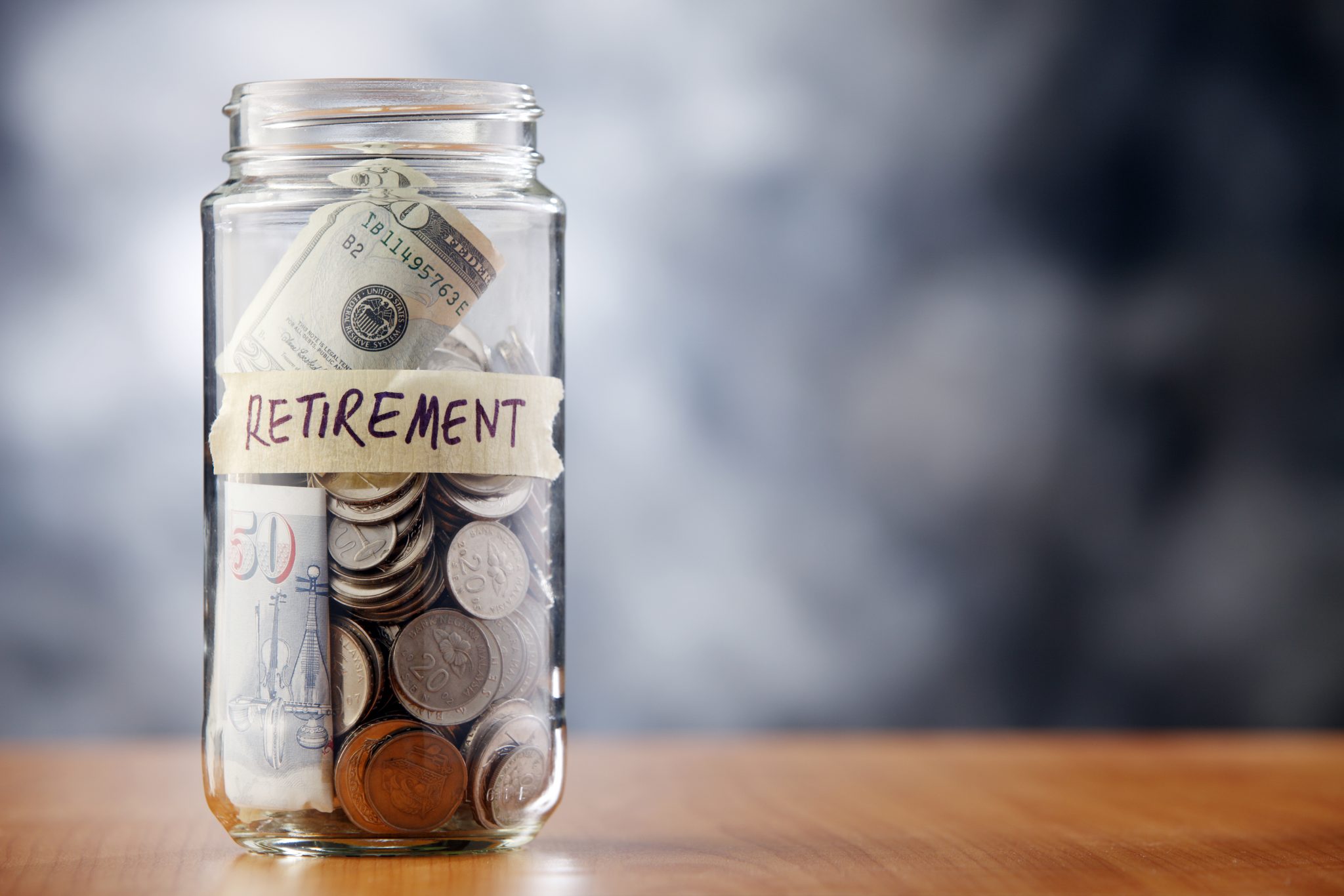Bonds are a common asset in retirement accounts. Whether held individually or through an ETF, most retirement accounts contain bonds. Bonds are most often held because of their relative safety over equities, and for income through their contractual obligations to pay interest. However, bonds still exhibit market risk that needs to be managed.
Buying bonds with the understanding that they are “safe” and you will not lose your money could cause you unnecessary stress. That stress could be significantly reduced by simply understanding how bonds work.
I’ll explain how bonds work in this article, and I’ve also got a calculator here that you can use the calculate bond prices and other useful data.
Basic Components of Bonds
The basic idea is that you buy a bond with a fixed rate of interest, and that interest is paid to you for the life of the bond. Basic components of bonds are:
- Par Value: This is the dollar amount of the bond, such as $1,000 dollars.
- Coupon Rate: This is the stated interest rate on the bond, such as 3%.
- Coupon Payment: This is the actual amount of interest that you will physically receive from the bond. Most bonds make interest payments every six months.
- Maturity: This is how long the bond will last. If your bond has 20 years until maturity then you will receive interest payments for 20 years.
- Price: This is the current price of the bond. The main purpose of this article is to explain how and why this price fluctuates.
Bond Mechanics
When you buy a bond, you pay its current price. You receive coupon payments until the bond matures. When the bond matures, you receive the par value.
Suppose you buy a bond with a current price of $1,000 and a 6% coupon that matures in one year. Par value is $1,000.
You will pay $1,000. You will receive $60 in interest for the year, likely split into two separate payments of $30 each. When the bond matures you will receive $1,000 dollars.
If you are the initial purchaser of the bond, you are loaning money to the issuer. If you are buying the bond from another person in the secondary market, you are simply buying the bond contract from them.
Either way, the interest payments and return of par will go to you.
Why do bond prices change?
A key point that is missed by some investors is that bond prices change. If you purchased bonds with the understanding that your money was safe, it may be a bit of a shock the first time you see the value of your account change.
The current price of a bond is a reflection of the current market interest rate on bonds with similar features – term, credit rating, coupon.
Changing Interest Rates
Suppose your bond was issued at par value, meaning you bought it from the issuer for it’s full face value of $1,000. Further, suppose that your bond has a 3% coupon and 20 years to maturity.
The coupon rate was determined based on the credit risk of the issuer, as well as the prevailing interest rate at the time of issuance.
Now, suppose that five years have passed since your bond was issued and interest rates have fallen. Similar bonds, from similar issuers, now only pay a coupon rate of 2%. The market price of your bond will rise.
This should make intuitive sense. You have a bond that pays 3%. It should be worth more than a bond that pays 2%.
Yield to Maturity
To understand why the price of your bond will rise, you need to understand the concept behind yield to maturity. Yield to maturity is the yield (return) your bond will produce if you hold it until maturity.
Up to this point, I have intentionally discussed bonds whose current price is par value. When a bond is trading at par value its yield to maturity is the same as its coupon rate. Why? Because the coupon payment is the only source of return.
When bonds are bought at a price other than par, there is a loss or return in the value of the bond. Recall that when a bond matures you receive the par value. If you buy the bond for $950 when its par value is $1,000, you get not only the coupon payments, but a $50 increase over the price.
Suppose that your bond is not trading at par. It’s current price is something other than $1,000. As mentioned above, if interest rates fall, the price of your bond will rise.
How much will your bonds price rise? By enough to equate its yield to maturity with the yield to maturity of those bonds that are currently being issued at 2%.
Specifically, your bonds price is now $1,129.04. If you were to sell your bond at this price, you will have earned 5.3% per year for the five years you held the bond.
The person who purchases this bond from you will have a bond paying a 3% coupon when other bonds are paying a 2% coupon. Again, it seems obvious that your bond would be worth more than $1,000.
Why $1,129.04? The answer is found using a time value of money calculation. The concept though, is relatively simple to understand. If you buy a $1,000 par bond for $1,129.04, you will lose $129.04 on the price of the bond. Remember, you receive par at maturity regardless of what you paid for the bond. This amount offsets the 3% coupon such that the yield to maturity is 2%.
In other words, paying $1,129.04 for a bond with a 3% coupon and 15 years left to maturity is the same (in terms of total return) as paying $1,000 for a bond with a 2% coupon and 15 years left to maturity.
Rising Interest Rates
What happens when interest rates rise? To see, lets simply reverse the previous scenario. Instead of rates falling to 2%, let’s assume they have risen to 4% in the five years since you purchased your bonds.
Your bond is now priced at $888.02. Why? Just reverse the analysis.
Bonds similar to yours are now issued with a 4% coupon. Your bond only pays 3%. It SHOULD be worth less. Specifically, the $111.98 gain would be enough to supplement the lower coupon payments so that your bond would provide a 4% yield to maturity to the purchaser.
For you, this reduction in price is an 11.2% drop. This may seem like a very large drop for a bondholder.
Holding Bonds to Maturity
A significant aspect here is the fact that you are holding an instrument that has a fixed payment, fixed life, and fixed value at the end of that life. It is the current price that isn’t fixed.
You can protect yourself from the price fluctuations by simply holding the bond until it matures. Even though your bond has a current market value of $888.02, you will get $1,000 when the bond matures.
When you initially purchased the bond you likely purchased it for two reasons:
- The income provided by the coupon payment
- The relative safety over equity.
The second item, relative safety, is not voided by the fact that bond prices fluctuate. Think in terms of your asset allocation. When you hold bonds to fill the stable portion of your investment portfolio, its the maturity feature that is most important.






